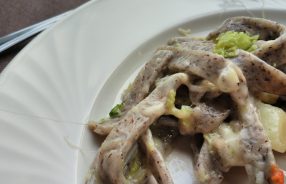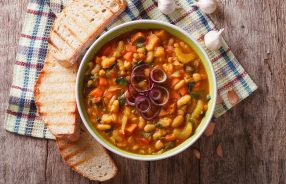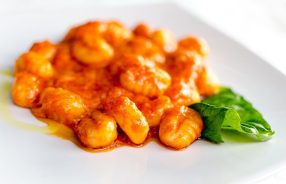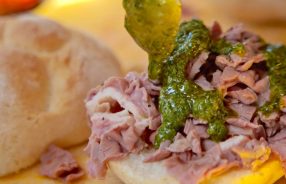Don’t Know How to Cook? Here Are Some Useful Tips
Cooking isn’t as simple as it looks. Some would argue that it is an art, and like all arts, requires practice, dedication, and lots of studying. There are many advantages to cooking and preparing your own food at home, from savings to improved mood and diet.
If you don’t know how to cook but want to learn, then this is the article for you. One of the world’s most popular and versatile cuisines is Italian food, so for the purposes of this article we will explain how to cook it.
Fresh Ingredients
One of the most important parts of Italian food preparation is acquiring fresh ingredients. In rural Italy (where the best food comes from), people buy from farm shops or alternatively grow their own food. This isn’t possible in many parts of the world, so instead, you need to find fresh ingredients another way. If you live in a built-up city like Dublin for example, then you can order fresh, organic ingredients straight to your door. There are many services that offer fresh food delivery in Dublin, and the same is true in many other European cities. You can’t cook authentic Italian food without fresh ingredients.
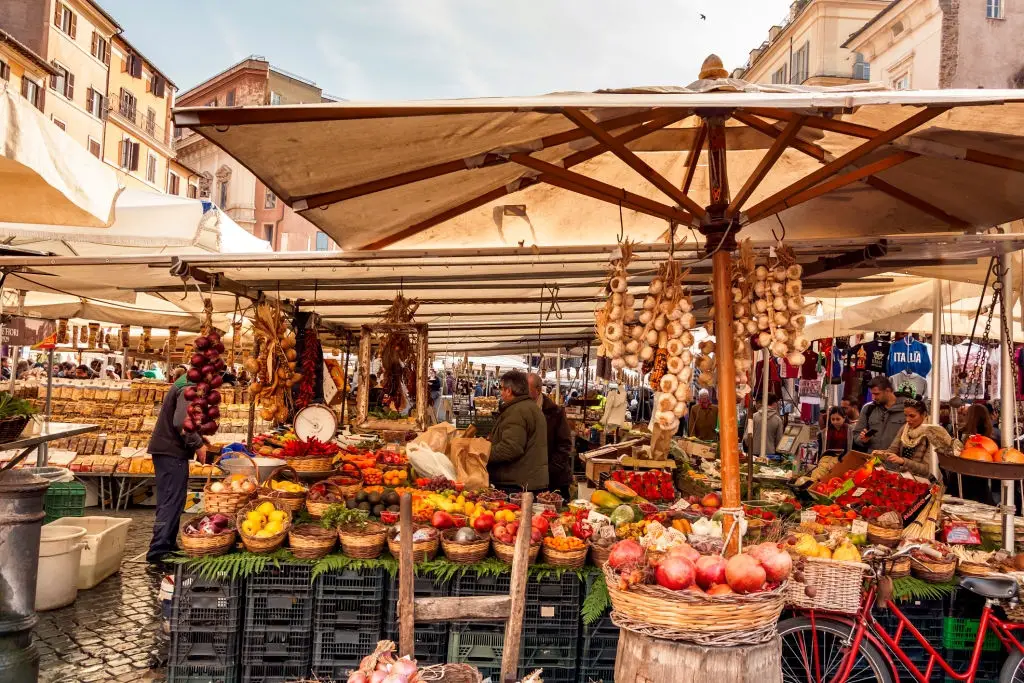
Never Waste Ingredients
You need to avoid wasting food if you are going to make authentic Italian food or any food for that matter. A huge part of Italian cooking is reusing and recycling. Italians never waste food, so you shouldn’t either. Get into the habit of using all ingredients that you have at your disposal and don’t throw them away half-used (or unused). Any food that you don’t use or that expires before you have the chance to use it should be composted or left outside for animals or birds to eat.
Pasta Water
A secret unknown to many Western chefs is the use of pasta water in Italian sauces. Pasta water is rich in starch, and so, can be added to watery sauces to thicken them up. In addition, pasta water is delicious, so it imparts a nice salty flavour to your sauces. With that said, make sure to season your pasta water with salt before you boil your pasta in it. Most experts would agree that you shouldn’t add pasta water to red sauces, however. It’s better when added to white sauces because it makes them creamy. You don’t necessarily want a creamy Bolognese sauce.
Selecting Tomatoes
One of the most important parts of making authentic Italian food is selecting tomatoes. Most Italian chefs won’t cook without San Marzano tomatoes, which are some of the country’s best. If you can’t get hold of San Marzano tomatoes where you live, you may still be able to buy San Marzano in tins. Canned San Marzano tomatoes are very easy to locate. If you can’t find them in your local grocery store, then you will still be able to find them by searching online. If they are difficult to locate, make sure to order them in bulk.
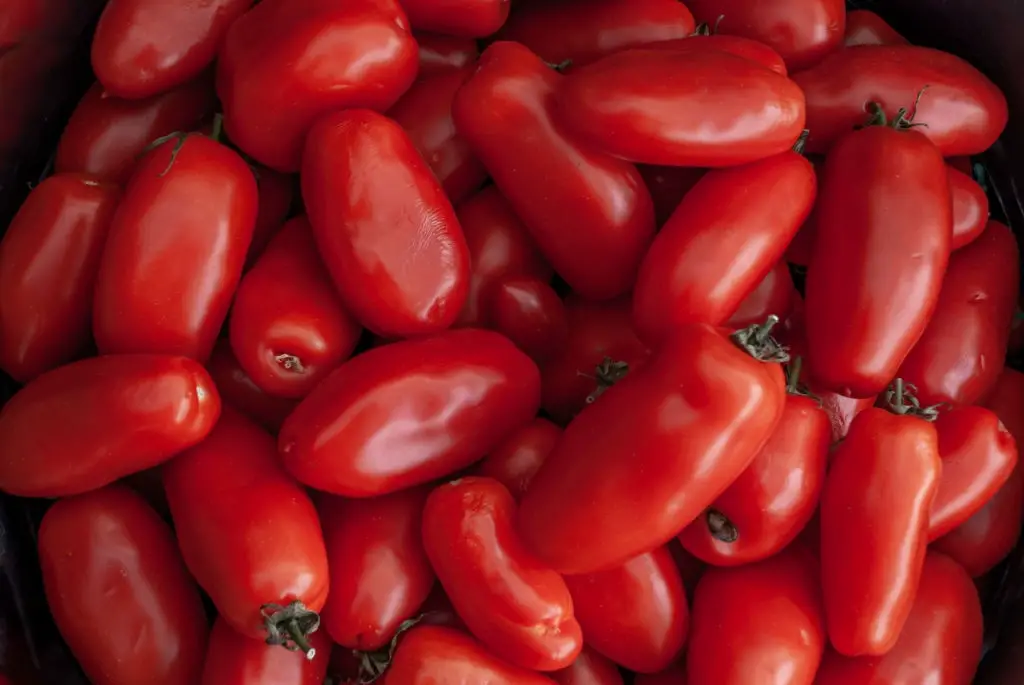
Butter or Oil? Neither!
If you are making pasta, then you mustn’t ever add oil or butter to the pot. Lots of Western chefs do this. Many also do it when cooking rice. You will never find an authentic, experienced Italian chef doing this. It can cause your pasta to become sticky and can impart a not-so-nice flavour to your dish. No, the proper way to add oil or butter to pasta is to add your pasta into a colander once it’s finished boiling to drain water, then to add butter or oil into it once it’s cooked and mix it all up.
Reducing Sauces
Another tip for making delicious Italian food is to reduce your sauces down to concentrate the flavour. An incredible watery sauce might make your dish look bigger, but it will ruin the flavour. No, the correct way to cook an Italian sauce is to reduce it down so that it is thick, delicious, and incredibly flavoursome. Italian chefs do this by cooking a single sauce for several hours. Some sauces are even cooked for a day or more. This is especially true for meat sauces that contain sausage or beef. When you are reducing sauces, check frequently to ensure that no burning occurs.
ParMIGIANO REGGIANO Cheese
Parmigiano Reggiano cheese is a very important element of many Italian dishes. Parmesan adds a delicious, creamy flavour to pasta and meat dishes. However, if you are going to buy parmesan cheese and add it to your meals, then you need to make sure that you don’t buy pre-grated parmesan. Pre-grated parmesan is often prepared in factories and isn’t fresh. You need the best quality parmesan for your dishes so that you get the best flavour. Ideally, you should only buy a Parmgiano Reggiano that has the DOP seal of approval on it. This demonstrates that the cheese is authentic and from Italy.
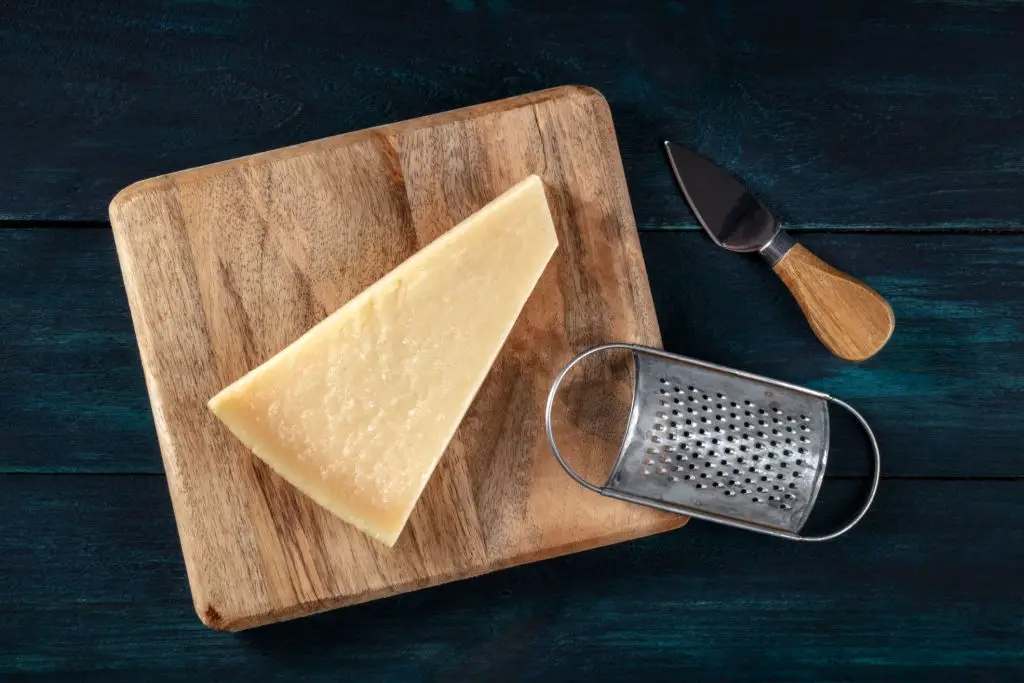
Olive Oil
In addition to high-quality parmesan cheese, you also need to invest in good-quality olive oil. Extra virgin olive oil is a very important component of Italian cooking. It is used for everything, from frying things like chicken to adding flavour to a salad. Some even enjoy dipping bread in it. Olive oil can be very expensive, however, so if you are going to buy it, try to buy it in bulk from a retailer that gives you discounts when you buy more. You can find many artisan companies online that offer olive oil on a subscription basis.
Be All and End All
When people think of Italian cooking, their minds instantly go to pasta. This is unfortunate because there’s so much more to Italian cooking than pasta. If you’re interested in learning to cook, then Italian food is a great place to start because there’s so much to it, and dishes vary depending on the region that they come from. There is also of course Italian American food, which is equally versatile, and just as delicious. With that said, Italian American food isn’t the healthiest, so if you’re looking for a healthy cuisine to learn you may want to avoid it.
Learning to cook is a great way to take control of your life and eliminate your reliance on fast food and pre-prepared meals. It can allow you to take control of your life and decide what you eat. when you eat, and how you eat.




